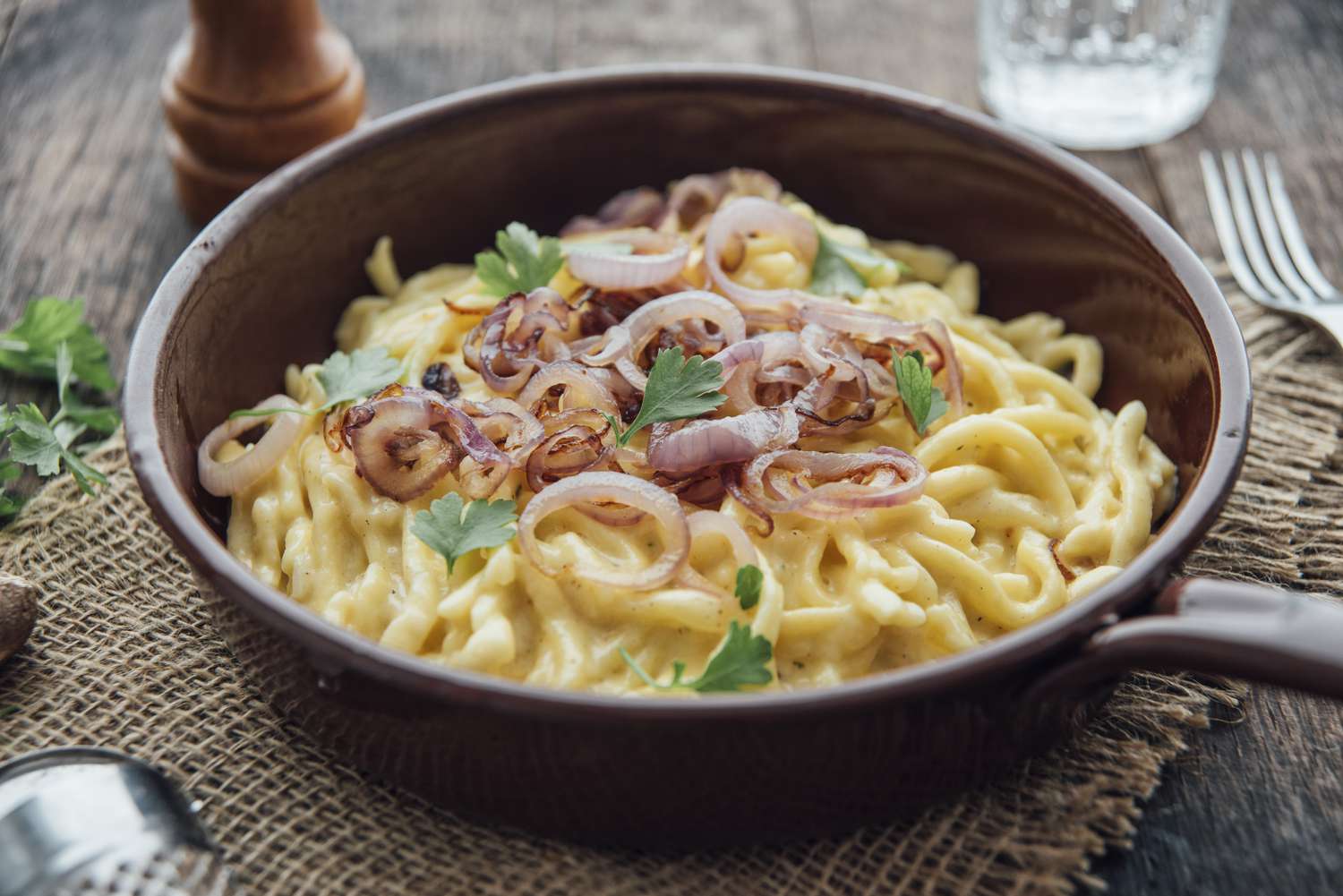Introduction: Exploring German Cuisine
German cuisine is a diverse mix of hearty dishes that reflect the country’s history and regional diversity. It has a reputation for being meat-heavy, with sausages, schnitzels, and roasts being staples of many traditional dishes. However, German cuisine is much more than just meat and potatoes. It is a reflection of the country’s cultural heritage, with influences from neighboring countries and immigrants from around the world.
German cuisine has evolved over the centuries, with many regional variations and influences from neighboring countries. Today, German cuisine is a mix of traditional dishes and modern fusion cuisine that reflects the country’s multicultural society. In this article, we will explore some of the historical and cultural influences on German cuisine, including the impact of French, Italian, and Asian cuisine, and modern trends in German cooking.
Historical Influences on German Cuisine
German cuisine has been influenced by a variety of factors over the centuries, including geography, climate, and cultural exchange. The country’s location in the heart of Europe has made it a crossroads of culinary traditions from neighboring countries, with each region of Germany developing its own unique cuisine.
In the north of Germany, where the climate is cooler and the landscape is dominated by the sea, fish and seafood are popular. In the south, where the climate is warmer and the landscape is more mountainous, meat dishes such as sausages and roasts are more common. Throughout Germany, potatoes are a staple ingredient, and many dishes are served with bread or dumplings.
The Influence of French Cuisine on German Cooking
French cuisine has had a significant impact on German cooking, particularly during the 18th and 19th centuries. The French influence can be seen in the use of butter, cream, and wine in German cuisine, as well as in the preparation of sauces and pastries.
During the Napoleonic era, French chefs were brought to Germany to cook for the aristocracy, and they introduced new techniques and ingredients to German cuisine. The influence of French cuisine can be seen in dishes such as coq au vin, which is a popular dish in both France and Germany.
The Impact of Italian Cuisine on German Gastronomy
Italian cuisine has also had a significant impact on German cooking, particularly in the use of tomatoes, pasta, and pizza. Italian immigrants brought their culinary traditions with them to Germany in the 19th century, and Italian restaurants and pizzerias have become a fixture in many German cities.
German cuisine has also adopted some Italian dishes and ingredients, such as spaghetti Bolognese, which is a popular dish in Germany. In recent years, fusion cuisine that combines German and Italian flavors has become popular, with dishes such as schnitzel lasagna and pizza with sauerkraut and bratwurst.
Asian Influence on German Cuisine
Germany’s growing Asian population has led to an increasing influence of Asian cuisine on German cooking. German chefs have adopted Asian ingredients and techniques, such as soy sauce, ginger, and stir-frying, and have incorporated them into traditional German dishes.
Asian restaurants and street food stalls are also becoming increasingly popular in Germany, with Chinese, Vietnamese, and Thai cuisine being particularly popular. Fusion cuisine that combines German and Asian flavors, such as schnitzel with sweet and sour sauce, has also become popular in recent years.
Modern Trends in German Cooking and Fusion Cuisine
In recent years, German cuisine has undergone a renaissance, with chefs embracing modern cooking techniques and ingredients. German cuisine has also become more diverse, with fusion cuisine becoming increasingly popular.
Fusion cuisine that combines German and other flavors has become an increasingly popular trend in Germany, with dishes such as currywurst pizza and schnitzel tacos appearing on menus. Chefs are also experimenting with new ingredients, such as wild herbs and exotic fruits, and are using modern cooking techniques, such as sous vide and molecular gastronomy.
In conclusion, German cuisine has been influenced by a variety of factors, including geography, climate, cultural exchange, and immigration. The country’s rich culinary heritage is reflected in its diverse mix of traditional and modern dishes, with influences from neighboring countries and immigrants from around the world. German cuisine is a reflection of the country’s multicultural society, and it continues to evolve and adapt to new trends and influences.

